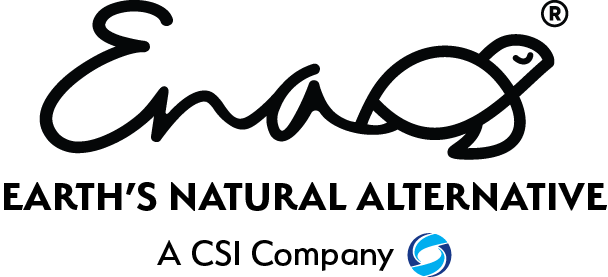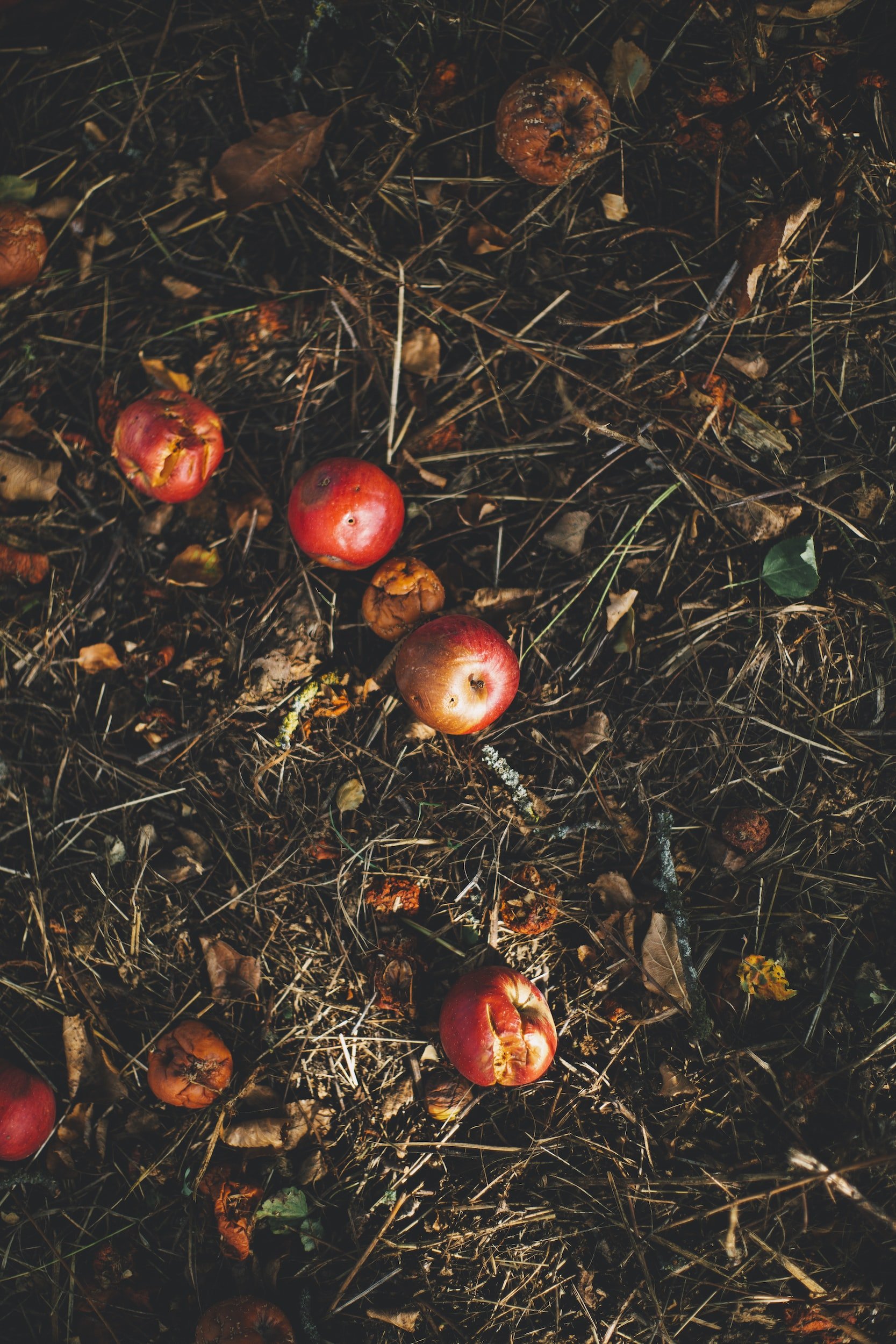Let's Talk About Composting
Most of ENA's products are compostable. But what does that really mean? And how are we, as consumers, supposed to compost? Here is some information for those who have these questions:
Why Compost?
Simply, composting food and yard waste prevents them from being thrown in a landfill inside a plastic garbage bag!
Also, you can produce rich soil to be used in your garden, grass, and landscaping.
Lastly, it reduces your carbon footprint.
What can you compost?
Examples of what to include in your compost bin are:
Coffee grounds and filters
Fruit and Vegetable scraps
Egg Shells
Grass Clippings
Leaves
Nut Shells
Shredded Newspaper
Fireplace Ashes
Fish Bones
ENA compostable products!
Examples of what you cannot compost:
Yard Waste that has been treated with chemicals
Plants that has been treated with pesticides
Click here for a more extensive list on EPA's website
Your compost pile should have an equal amount of browns to greens. Browns are items like twigs and leaves from your yard. Greens are your veggie and fruit waste, coffee grounds, and grass clippings. You should also alternate layers of organic materials of different-sized particles. The brown materials provide carbon for your compost, the green materials provide nitrogen, and the water provides moisture to help break down the organic matter.
Where do you put your compost?
A countertop or under-the-sink compost collector is great for immediate inside use. It's meant to be small, so it fills up quickly with your compostables so you won't have odor issues from leaving it unattended to for too long.
Once that fills up. there are options on your secondary, outdoor bin.
If your town or city has public composting, great! All you have to do is put out your compost for it's weekly pick up and you're set.
For those of us without that luxury, there are still options. A pre-made compost bin is one. You can buy these online or at your local garden center. They are pre-made containers meant specifically for composting that you can keep in your yard. These bins have the proper drainage needed to compost correctly, although most still require you manually mix or turn the compost every few days.
Another option is a compost barrel. These allow for the easiest amount of work, but are the most costly option. All you have to do is dump your compost and turn the barrel to mix the compost correctly and you'll have rich soil in no time.
Make your own compost bin. This link shows your four different options on building your own compost bin. Build Your Own Compost Bin
A compost pile. If you have the yard space and want to do without a barrel or bin, find a shady spot for your compost pile and add your compostable items. Wet this pile when needed. You may want to cover the pile with a tarp to keep it moist and help the composting along. When the material at the bottom is dark and moist, you’re ready to use it.
Indoor compost bin. If you don’t have a yard or outdoor space, and your town doesn’t provide a compost pick up, there’s still an option! There are some indoor compost bins that do the whole process for you. These tend to be somewhat pricey, but an option nonetheless. Here’s some great information on indoor compost bin options from Epic Gardening.
Do you know you can add maggots to your compost pile for better composting? Check out this link and see what maggots can help! Maggots in Compost Pile: What it Means & What To Do
Once you're all set with your home composting, you can then add most of ENA's products in as well! Good luck and thanks for being green!


